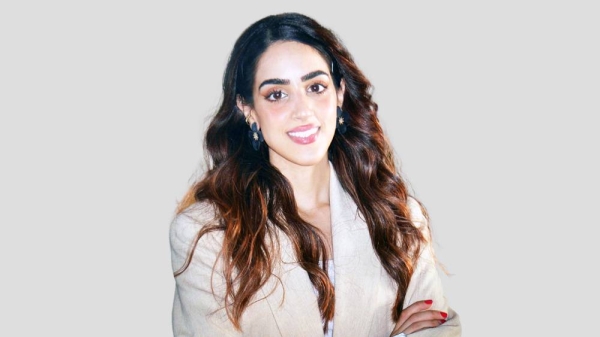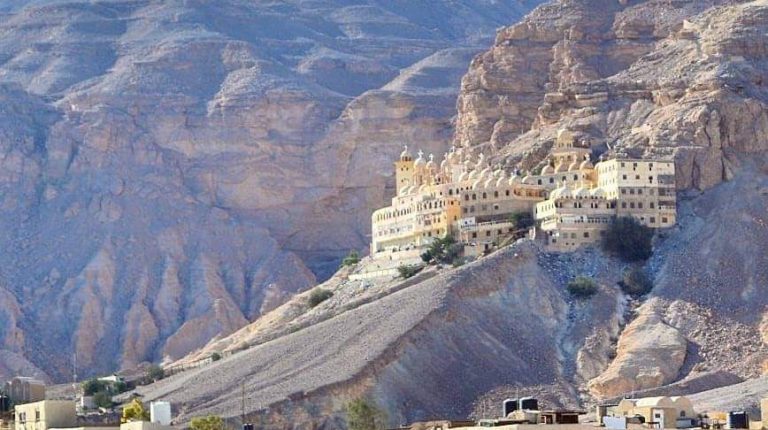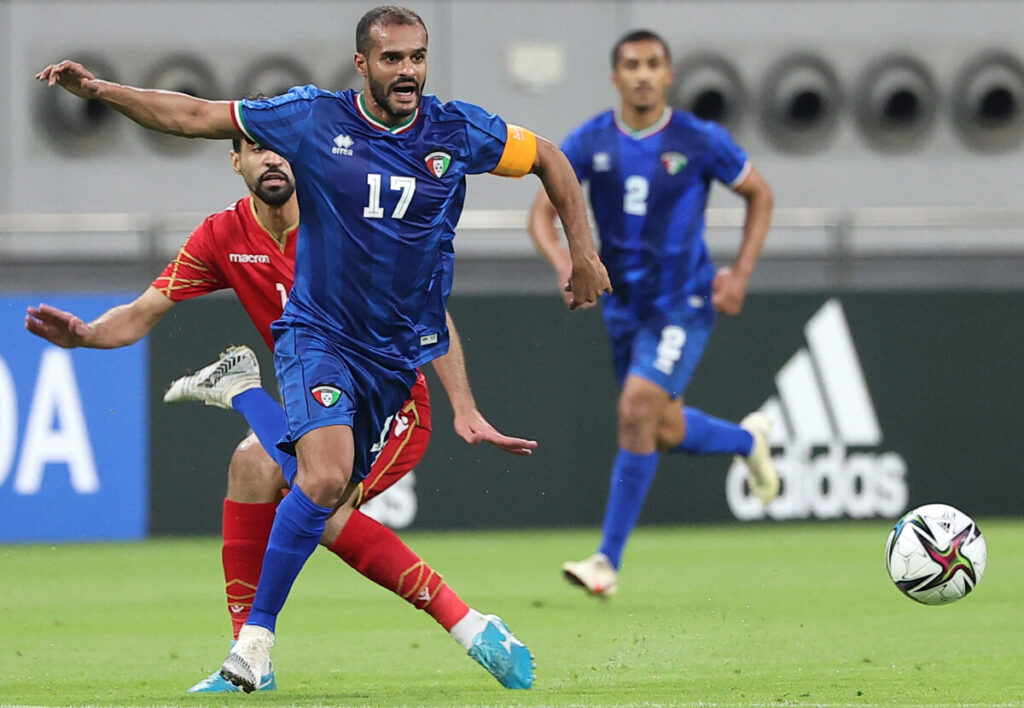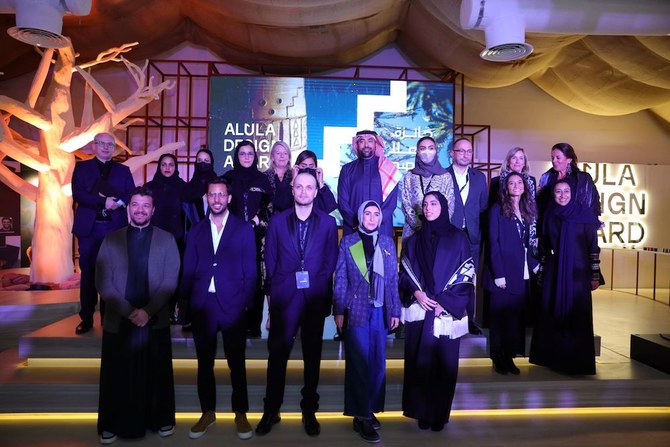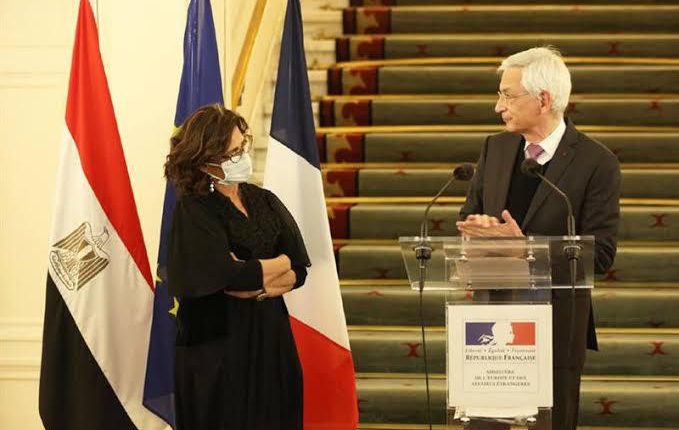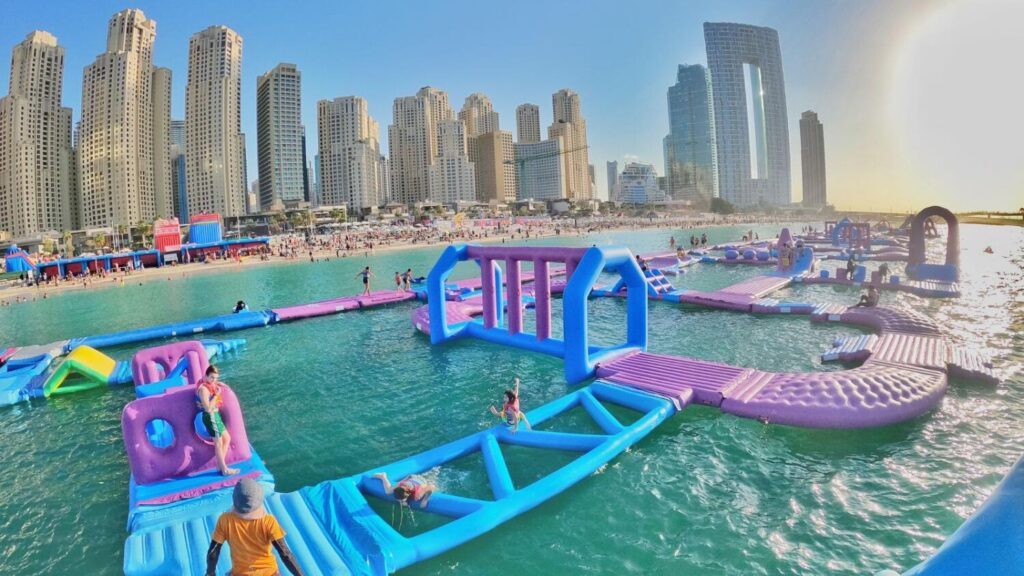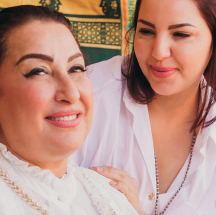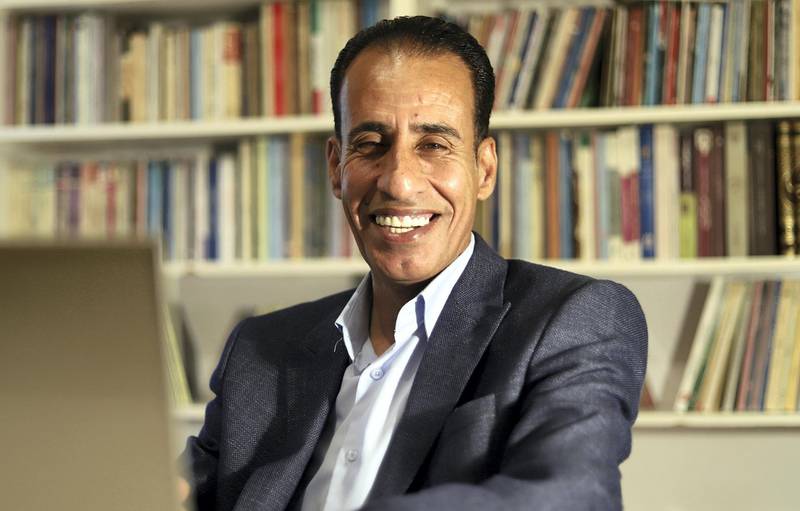During the Arab occupation of Iberian Peninsula their language spread throughout the area and entered Latin.
A large number of words from donor languages have been absorbed in English, mostly from Latin, French, Greek and the Germanic languages. But many more entered the lexicon during centuries of the British Empire that at one time spanned all continents. Familiar English words often have foreign origins, with research discovering more links beyond the British Isles.
Unknown to many, English speakers all speak a little bit of Arabic, thanks to history. In the early eighth century, Arab fighters invaded and took control of the Iberian Peninsula, modern-day Spain and Portugal. During the occupation, their language spread throughout the area, and entered Latin, the language spoken by the locals, and over the next several centuries, Christian-led forces took control of the peninsula. But by this time the language spoken there had been forever influenced by the Arabic language. As Latin began to influence English, some of the Arabic words were passed on.
John Simpson, editor of the third edition of Oxford English Dictionary (OED), offers the example of ‘magazine’, which is of Arabic origin. The word’s history was not mentioned in earlier editions, but the word ultimately derives from makhazin, the Arabic term meaning ‘a storehouse’, which appears in a Latin form magazinus in an Italian document of 1214. He writes: “The Italian form magazzino (recorded from 1348) is the source of Middle French magasin (recorded from 1409, and from 1389 in the form maguesin).
The English word derives from the French, and is first recorded in 1583, in the sense ‘a place where goods are kept in store’. Many of the later English senses parallel earlier meanings in other European languages, but it is of some interest that the meaning ‘periodical publication’ is an English innovation, not recorded in its French form until later. Needless to say, one of the essential components of a viable etymology for a loanword such as ‘magazine’ is an established record of cultural contact between speakers of the languages involved, as is here the case with Arabic, Italian, and French. Not surprisingly, the Arabic word also appears in various forms in early Spanish.”
Other Arabic-origin words in English include: camphor, carat, caravan, cotton, elixir, kohl, monsoon, nadir, safari, serendipity, sofa, sugar, syrup, henna, jar, tariff, zenith, admiral, arsenal, alchemy, assassin, azimuth, algebra, coffee, lemon.
Another major non-European donor to the language is the Indian subcontinent. The link between India and Britain began in 1600, when the East India Company was formed. Over the centuries a large number of Indian words entered the English language, the most prominent collection being Hobson-Jobson: A Glossary of Colloquial Anglo-Indian Words and Phrases, and of Kindred Terms, Etymological, Historical, Geographical and Discursive, by Henry Yule and AC Burnell, published in 1886. It had over 2,000 entries, but independent India has continued to lend more words to the language.
Indian words recently recorded in OED include ambari, Angrezi, chuddies, kirana, satta, shishya, udyog and updation.
According to Pingali Sailaja of the University of Hyderabad, there are five major types of words in Indian English that are distinct from words seen across other varieties of English: borrowings from Indian languages; novel constructions through processes of affixation and compounding; hybrid constructions which bring together English and Indian languages; loan translations or calques; and, words that are used with different meanings from those one finds in other varieties.
The British Council collated 10 ‘surprising’ expressions of Indian English: ‘I am doing my graduation in London’, ‘I passed out of college’, ‘My neighbour is foreign-returned’, ‘My daughter is convent-educated’, ‘I belong to Delhi’, ‘Where’s the nearest departmental store?’, ‘My teacher is sitting on my head’, ‘My friend is eating my brain’, ‘Monkey cap’, ‘Why This Kolaveri Di?’
source/content: khaleejtimes.com / Prasun Sonwalkar
___________

_____________________
ARABIC LANGUAGE
